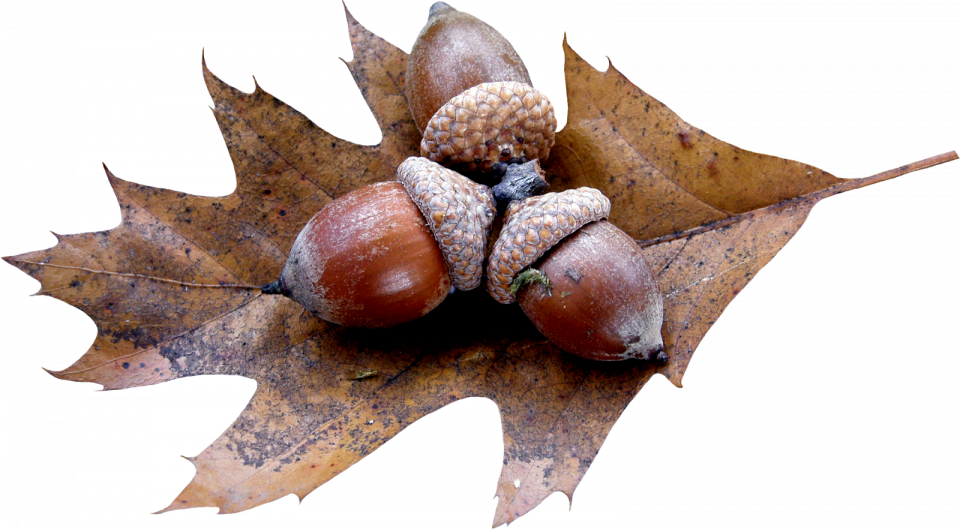– the season is approaching . . .
ROB FAIRLEY
Each year significant numbers of acorn poisoning cases are seen in our laboratories and almost always in calves. They often occur when feed is short and animals are driven to consume acorns, or because animals have been put into areas to clean rank grass out – areas like lane-ways with mini plantations of English oaks in particular.
Sometimes cases of acorn poisoning are obvious as the calves are still among the oak trees, but it is quite common for them to have been moved away from the oak trees on to pasture or a crop several to many days previously.
How do you make the diagnosis if previous grazing locations are not mentioned or elicited from your history taking?
Clinically, you may have one or several sick, dull, anorexic calves. Calves with non-specific signs like that may not immediately raise a suspicion. However, if any of the calves have blood in their faeces (although not specific either) it should put acorn poisoning on your radar. Whether you suspect acorns or not, if you do serum biochemistry you will find the calves are severely azotemic. Severe azotemia in calves in autumn should immediately alert you to the possibility of acorn poisoning.
What if you are presented with a dead calf?
The classic findings are swollen, pale kidneys with perirenal edema. The kidneys may have red spots from patchy bleeding into tubules. It is the perirenal edema though that should immediately prompt you to think of a renal issue.
Perirenal edema is an indication of acute renal tubular injury. It is not specific to acorn toxicity, but if you see it in calves in the autumn, acorn toxicity should be on your radar. Amaranthus (red-root) toxicity is another differential and in the Waikato, Hauraki and South Auckland areas Leptospira copenhageni has also been seen as a cause of acute renal injury with perirenal edema in calves.
The perirenal edema may extend along the connective tissue around the ureters. It is different from the gelatinous appearance of serous atrophy of fat. Many calves will also have excess clear fluid in the abdomen and chest. Some may have intense patchy reddening in the gut. This is a result of uremic vascular injury and is the reason for blood appearing in the faeces of some calves. For those who go the extra mile, affected calves may have linear ulcerations of the distal esophagus which may bring BVD to mind. BVD does not however give you perirenal edema or excess fluid in body cavities.

In a nutshell:
· Sick calves in autumn with blood in their faeces – think acorn toxicity as a possibility.
· Perirenal edema at post mortem in calves in autumn – again, consider acorn toxicity.
